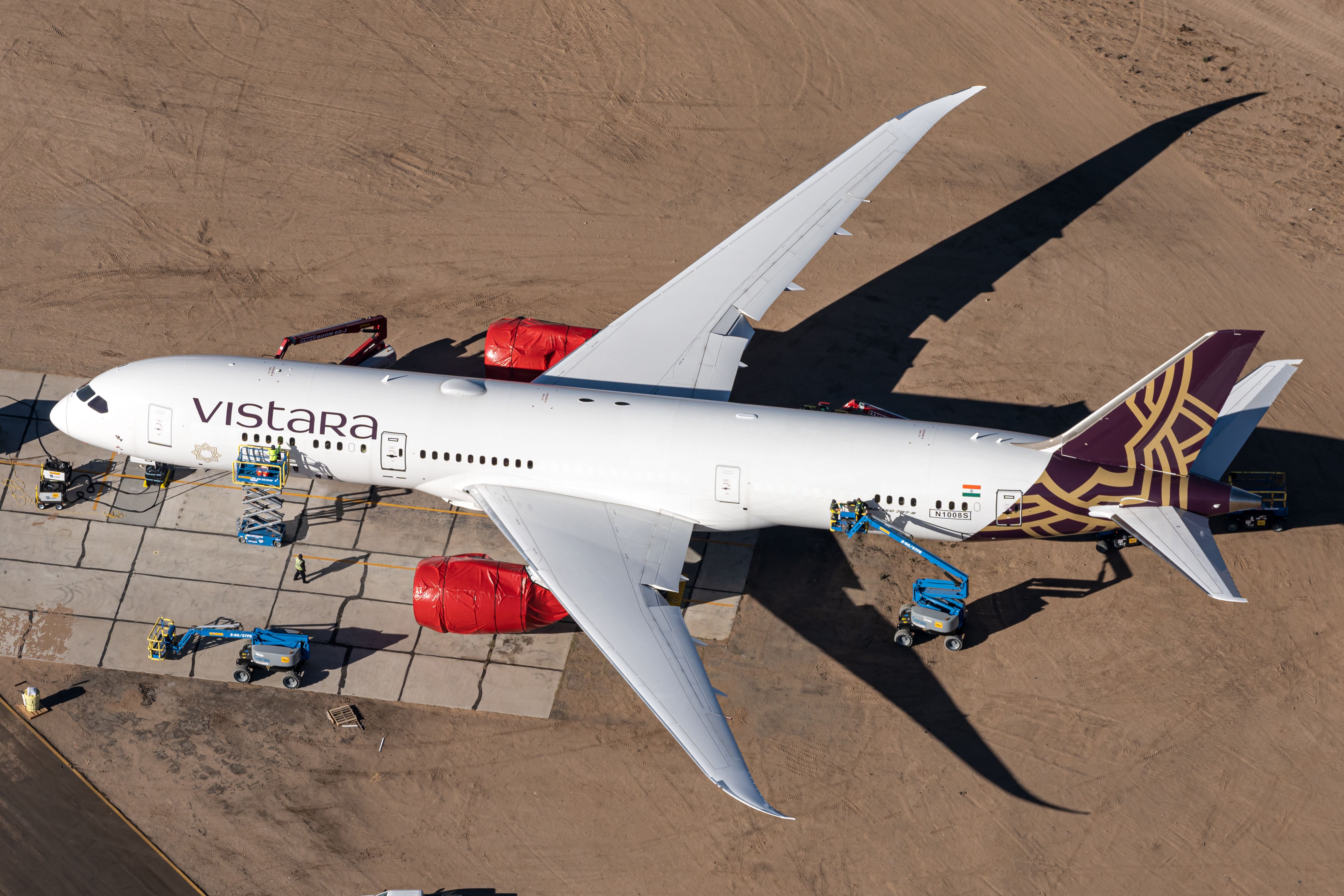In a press briefing in London this week, Vistara shared the results of its new Delhi-London route. Starting at the height of pandemic restrictions in August 2020, the airline's first long-haul has seen exceptional demand. Let's take a look at the numbers.
High load factors
One of the key metrics to measure a new route is the load factor. While COVID has seen these percentages plummet for airlines, Vistara has not faced such trouble on the bustling Delhi-London Heathrow service. The airline is currently seeing load factors between 80 to 85%, an impressive number given some business and leisure travel is yet to resume.
While this may not seem so high, Vistara's status as a new carrier in the market makes this a positive sign for future growth. The carrier recently moved to a daily rotation to London but has plans for something much bigger.
Another important measure is the yield from a new route, or the revenue per mile flown. While airlines do not share these numbers, Vistara's statement that it is seeing "well-subscribed" premium cabins suggests that revenues are doing well. However, this is not a surprise given the popularity of India-UK flights.
Competitive market
Travel between Delhi and London spans every market segment, from business to tourism to education to VFR (visiting friends and relatives). This also means the route is the most competitive, with British Airways, Virgin Atlantic, and Air India always tripping over each other (and government rules) to offer more capacity.
Vistara's entry has been a boon for passengers, or it would have been had COVID restrictions not limited options and pushed up fares in the last year. As normal international flights resume in India, we will see all four airlines boost their profile to capture the post-COVID travel market.
For Vistara, the next six months will show its true position in the market as fares come down and passengers flock to one-stop connections. Retaining customers, especially high-paying ones in business class, will be a challenge given the name recognition of the three existing airlines. However, the last 18 months have shown that Vistara is surely a competitor.
The product
One of Vistara's most discussed points is that it operates the youngest fleet and most modern cabin products of any airline on the UK-India route. This stands true, with the carrier's 787-9s just turning two years old and the business class offering (read our review here!) beating out the likes of Air India and British Airways'.
However, with Virgin Atlantic deploying its flagship Airbus A350-1000s to Delhi as well, Vistara will be competing heavily on its soft product and meal offering. For now, keep an eye out for the airline's performance on this bustling route.
What do you think about Vistara's performance on the London route? Let us know in the comments!

.jpg)

.jpg)